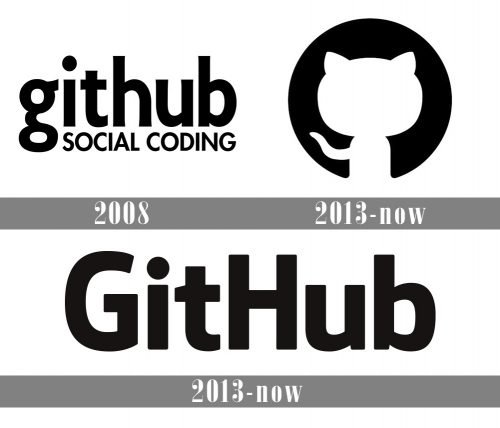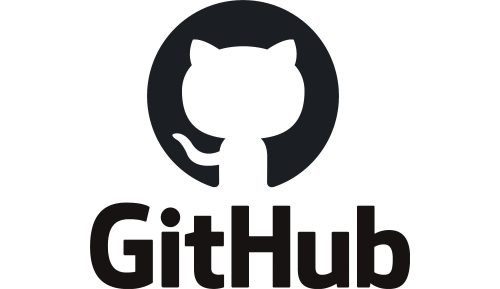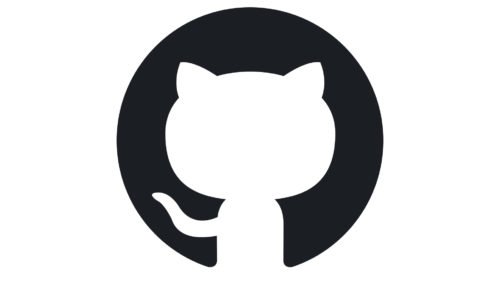Users of version control systems are sure to know the identity mark of GitHub Inc., the largest Git hosting service that boasts of having over 28 million users. Its logos are simple and memorable.
Meaning and history
The GitHub visual identity history is very laconic, and featured only two logo versions created for the brand since 2008, which both are executed in a minimalist yet very stylish monochrome color palette, with a simple and elegant black logotype in a white background.
What is the GitHub logo?
The GitHub logo is known all over the globe due to its unique and playful graphical emblem, which depicts a fantasy creature, the Octocat, a hybrid of a cat and an octopus. Initially, the creator of the symbol, Simon Oxley, wanted to call it an Octopuss, but the Octocat appeared to be a more interesting option, and the name got stuck to the emblem and the whole logo of the platform.
2008 — 2013
The original logo for GitHub was introduced in 2008 and featured a strict yet progressive and sophisticated logotype in black lowercase with a capitalized tagline. The main nameplate was written in a stylish narrowed sans-serif with bold lines and an interesting letter “G”, whit had its tail curved into an oval. As for the tagline, the “Social Coding” lettering used a simple font with traditional shapes and contours to add seriousness and timelessness to the image.
2013 — Today
The redesign of 2013 kept the original monochrome color palette, but completely changed the style of the GitHub logo. Now the black wordmark had two of its letters capitalized, “G” and “H”, and used a more laconic sans-serif typeface for it. The tagline was removed from the official version, though the graphical icon was added to the GitHub visual identity, and today it can be seen with the logotype or on its own.
The icon, which became very recognizable pretty fast, featured a solid black circle with a white cat silhouette on it. The brand’s mascot got names Octocat and has its curved tail pointing to the left.
The Cat Logo
By that time the founders had acquired the image of a cat-headed octopus from its creator the graphic designer Simon Oxley to use it for their mascot logo. The character’s name was Octopuss. GitHub renamed it to Octocat and registered the mascot and the new name.
This GitHub logo is the outline of the front profile of a cat with a tail inside a circle. To play with the contrast they made the cat white and the background black.
Icon
The GitHub Icon uses the most recognizable graphical element of the service’s visual identity — the cat’s silhouette. Executed in a monochrome color palette, there might be two versions of the icon seen on the web: white cat with its tail waving to the left, placed on a solid black circle, or its reverse option, with the black cat on a white circular background.
Whatever the palette is, the GitHub mascot is instantly recognizable and looks elegant yet very modern and minimalist, due to the clean lines and distinct shapes of all the elements.
How do I add a logo to GitHub?
First of all, you need to create an account on GitHub. After it is done, you should go the the “Settings” menu under the username. In “Settings” choose the “Preview on Social Networks” button, and then go to “Edit”. You will see the “Upload Image” option, which you should press on and upload the desired logo.
Is the GitHub logo copyrighted?
The iconic Octocat logo, used as a primary logo of the GitHub platform is copyrighted and trademarked, and the right is owned by the GitHub company. So if you want to use Octocat for your personal purposes, you need to get official permission from the copyright holder and follow all the brand’s guidelines when publishing it.
What color is the GitHub logo?
GitHub is all about modern technologies, progressive approach, and young people, so the platform uses a powerful and minimalistic black-and-white color palette, which is the strongest and the most confidence scheme possible, looking laconic, brutal, and professional, and never losing its actuality and elegance.











